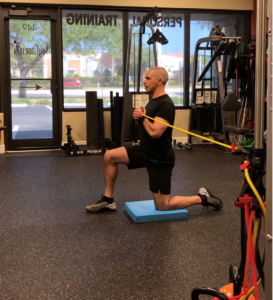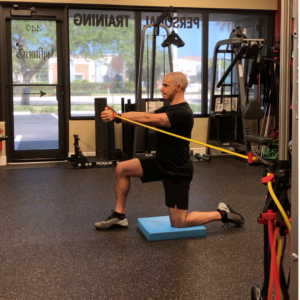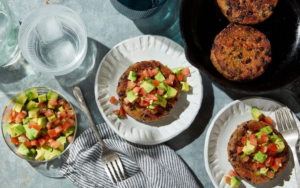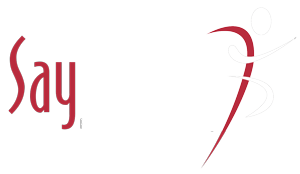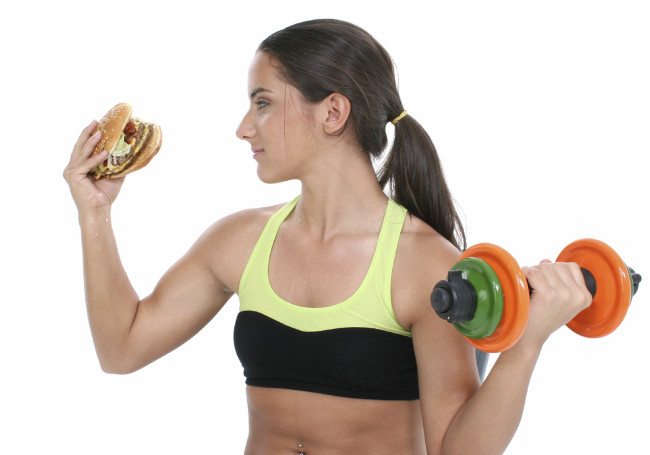
Why You Shouldn’t Exercise to ‘Earn’ Your Food
Have you ever said to yourself, “I can only go out for dinner with friends if I go to a 60-minute cycle class first”? Or, “Once I run off 600 calories, I can get my favorite dessert from the bakery”? Using exercise to ‘earn’ a food indulgence is a common approach to weight loss, and on the surface, it makes sense: Burn calories and then replace those calories with your food of choice. However, the strategy starts to fall apart once you start digging a little deeper. Here’s why.
Why It Doesn’t Work
“There are always benefits to minding caloric balance, but aiming to earn food through exercise is usually a losing battle for several reasons,” says Samantha McKinney, a Life Time RD & PT. For one thing, calorie counts aren’t precise. It’s difficult to calculate the exact number of calories you burned from an exercise session, and even if you could, you won’t know how many of those calories came from fat, and how many came from carbs, McKinney says. Similarly, it can be tricky to figure out precisely how many calories are in whatever food you ‘earned.’ “Your metabolism is complex, not a simple math problem. Relying on exercise to cancel out poor nutrition choices is an inefficient strategy at best, and harmful at worst,” McKinney says. Plus, your workout and your post-workout ‘reward’ may not represent an equal calorie swap — even if you think they do. “In most cases, we tend to overestimate calories burned from exercise and underestimate calories consumed from food,” McKinney says.
In one study, people overestimated calories burned during a treadmill session by as much as four times the actual amount and ate 2–3 times their caloric expenditure from that workout during a buffet meal. If you regularly overestimate the calories you burned during exercise and underestimate the number of calories in your food, your weight will likely creep up. Perhaps more importantly, however, consistently trying to ‘earn’ your food with exercise can lead to a poor relationship with exercise and nutrition. “This approach makes it very easy to fall into obsessive, unhealthy thought patterns,” McKinney says. Instead of looking at food as enjoyable fuel and exercise as a celebration of your strength and abilities, you may start associating food with feelings of shame or guilt, and view exercise as punishment. Using exercise to ‘earn’ food robs you of the joy that can be found through balanced eating and regular exercise,” McKinney says.
A Better Approach to Weight Loss
There are better ways to reach your weight-loss goal than trying to burn enough calories to ‘justify’ eating certain foods.
- Review Your Overall Nutrition
Are you mostly eating a good balance of protein, fat and carbs? Are you getting 1–2 cups of fruit and 1–3 cups of vegetables daily, as recommended by the USDA? If you’re not sure, try tracking your food with the MyFitnessPal app to get an honest snapshot. And, if you need help figuring out what a healthy nutrition plan looks like for you and your goals, consider working with a registered dietitian. If your nutrition is on-point 80–90% of the time, you don’t need to worry about the occasional treat.
- Focus on Non-Exercise Activity
Next, instead of trying to burn as many calories as possible in a single workout, which can be physically and emotionally stressful, focus on adding more general physical activity — or non-exercise activity thermogenesis (NEAT) — throughout your day. NEAT is the energy you use for anything that doesn’t involve sleeping, eating, or sports-like exercise, according to a review. Activities like gardening, walking to work and even fidgeting fall under the NEAT umbrella. “Just trying to increase your daily non-exercise activity is one of the best ways to attack weight loss,” says Ashleigh Kast, a personal trainer in New York City. Sure, a 60-minute workout is great, but what you do the other 23 hours of your day is just as important, she adds.
- Frame Exercise as a Lifestyle
When you exercise, try not to fixate on calories. “It’s helpful to reframe your mindset around exercise and focus on the many life-giving benefits it provides, like strength, resilience, endurance and stamina,” McKinney says. Not to mention, it improves mood, daytime energy levels and sleep, she adds.
Bedosky, L. (2020, July 13). Why You Shouldn’t Use Exercise to ‘Earn’ Your Food: Fitness: MyFitnessPal. Retrieved July 14, 2020, from https://blog.myfitnesspal.com/why-you-shouldnt-use-exercise-to-earn-your-food/
Recipe of the Month: Chipotle Black Bean Burgers w/ Avocado Salsa
Directions
- Reserve 1/3 cup beans. Place remaining beans in a medium bowl and mash with a fork. Add yogurt, 4 tbsp green onions, chipotle, garlic powder, ¼ tsp salt & egg; stir well. Fold in panko and reserved 1/3 cup beans. Divide mixture into four equal portions, shaping each into a ½ inch thick patty.
- Heat a large nonstick skillet over medium heat. Add oil to pan, swirling to coat. Place patties in pan and cook until browned on the bottom, 4-5 minutes. Carefully turn patties over; cook until browned on the opposite side, 4-5 minutes more.
- Meanwhile, combine avocado, tomato, lime juice, remaining 2 tbsp of green onions and ¼ tsp salt; toss gently to combine. Top burgers with salsa and serve.
Ingredients
- 1 15-ounce can low-sodium black beans, rinsed, drained and divided
- 1/3 cup plain 0% Greek yogurt
- 6 tbsp green onions, chopped and divided
- 1 tbsp chipotle peppers canned in adobo sauce, minced
- 1 tsp garlic powder
- ½ tsp kosher salt, divided
- 1 large egg, lightly beaten
- ½ cup panko breadcrumbs
- 1 tbsp canola oil
- 1 medium avocado, peeled, pitted and diced
- 1 medium tomato, diced
- 2 tsp fresh lime juice
Nutrition: Calories 237; total fat 11g; carbohydrate 27g; fiber 8g; sugar 2g; protein 10g
Movement of the Month: Half Kneeling Pallof Press
What makes this movement one of the very best core strengthening exercises is that, unlike the typical crunches and leg raise type movements, the Pallof Press trains your core based on its true primary function which is to act as a stabilizer rather than a primary mover. In this movement the core is resisting rotation.
If you look at most traditional abdominal or core exercises (sit-ups, crunches, etc.), they treat the core as a mover when, in fact, it is designed to serve as a stabilizer that integrates the upper body with the lower body. A well-conditioned core plays a vital role in performance and injury prevention.